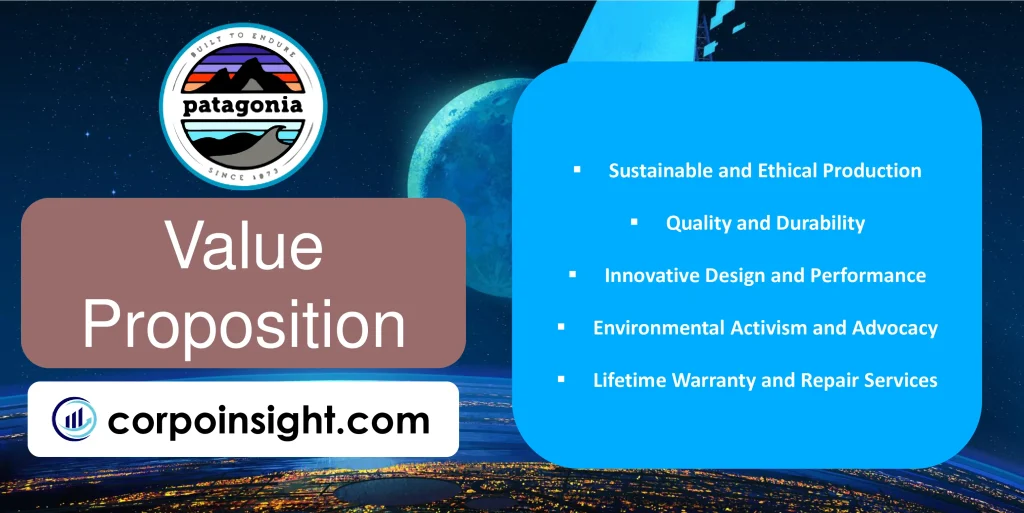Innovative Digital Marketing Strategies for Eco-Friendly Brands
Meta Description: Explore innovative digital marketing strategies tailored for eco-friendly brands to effectively promote sustainability and connect with audiences authentically.
In today’s increasingly environmentally-conscious world, the digital marketing landscape is evolving, encouraging brands to adopt innovative strategies that resonate with eco-friendly values. This blog aims to raise awareness about the unique challenges and opportunities faced by eco-friendly brands, providing insights into effective digital marketing strategies. Whether you are an eco-friendly brand owner seeking authentic engagement, a digital marketer specializing in sustainable practices, or simply someone interested in the intersection of sustainability and marketing, this blog post caters to your needs. My name is Viktor Novak, an SEO Specialist with over five years of experience in digital marketing, and I have helped more than 20 companies optimize their online presence while aligning with sustainable values.
Understanding the Market Landscape
The Growing Demand for Sustainability
In recent years, consumer preferences have shifted dramatically towards sustainable products. According to a report by Nielsen, 73% of Millennials indicate they are willing to pay more for sustainable brands. This trend isn't isolated to Millennials; research from McKinsey shows that 66% of global consumers are willing to switch brands if it means choosing a more environmentally conscious option. As this segment of the market gains momentum, eco-friendly brands must refine their digital marketing strategies for greater impact.
Market Growth Statistics
The eco-friendly product sector is expanding rapidly, outpacing traditional brands. A report from the Green Business Bureau indicates that the global market for sustainable products is projected to reach $150 billion by 2021, highlighting a significant opportunity for eco-friendly brands to engage consumers and improve their market share.
Innovative Digital Marketing Strategies
1. Emphasizing Authentic Storytelling
Impact of Storytelling on Brand Trust
Authentic storytelling can build trust and connect with consumers empathetically. A study by Harvard Business Review suggests that 64% of consumers wish to know about a brand's sourcing and production processes. Highlight your commitments to sustainability through stories that reflect your journey, challenges, and triumphs.
Brand Example: Patagonia exemplifies this approach by intertwining activism with storytelling. Their campaigns focus not just on their products, but on the mission to protect the environment, authentically engaging their audience.

2. Content Marketing for Education
Using Blogs, Videos, and Podcasts
Content marketing is a powerful tool for educating consumers about sustainability. Crafting valuable content that informs your audience about environmental practices can position your brand as a thought leader.
For instance, TOMS Shoes offers impactful storytelling through blog posts that align with their mission. Creating engaging videos or podcasts can also help educate your audience and share practical tips on leading a sustainable lifestyle.

3. Social Media Engagement
Leveraging Social Media Platforms
Brands can effectively engage younger demographics through social media platforms like Instagram and TikTok. Utilizing influencer partnerships and user-generated content can amplify your message.
Campaign Example: The #LikeAGirl campaign by Always not only promoted their sanitary products but fostered a conversation about gender equality, creating strong emotional connections with their audience.
4. Email Marketing Segmentation
Personalized and Targeted Messaging
Personalized email campaigns based on individual consumer interests can increase engagement. Segmenting your email list to target audiences interested in different aspects of sustainability allows for more relevant communications and encourages conversions.
5. Search Engine Optimization (SEO)
Niche Keywords and Best Practices
Integrating eco-friendly keywords such as “sustainable fashion” or “green marketing” into your website content can improve visibility in search engines. Using tools like Google Trends or SEMrush to explore keyword volumes can help tailor your SEO strategy to better meet consumer intent regarding sustainability.
SEO Best Practices Include:
- Producing high-quality, informative content that aligns with the user’s search intent.
- Optimizing on-page elements like meta descriptions, title tags, and images for relevant keywords.
6. Analytics and Performance Metrics
Tracking Your Impact
Analyzing key performance indicators (KPIs) such as engagement rates, conversion rates, and social shares is essential for assessing the success of your digital marketing efforts. For instance, if implementing a storytelling strategy increased your brand engagement by 40%, it’s a strong indicator of its effectiveness.
Building Community and Collaborations
1. Fostering a Sense of Community
Creating a community around your brand can lead to loyal customers. Engaging with your audience through forums, sustainability challenges, or dedicated social media groups builds a loyal customer base.
2. Partnership Opportunities
Collaborate with like-minded brands to amplify your impact and reach. Ecover’s partnership with IKEA for a sustainable product line is a prime example of how two eco-friendly brands can expand reach and visibility through collaboration.

Encouraging Action
1. Take Practical Steps
Encourage your audience to take actionable steps by offering a checklist for implementing these strategies. For example:
| Action Item | Details |
|---|---|
| Develop a sustainability story | Share your brand's journey and commitment to eco-friendliness. |
| Create a content calendar | Plan posts around themes such as Earth Day. |
| Optimize for SEO | Identify key sustainability-related keywords. |
| Engage on social media | Regularly post and interact with followers. |
2. Resources for Further Learning
To help eco-friendly brands enhance their marketing, consider recommending resources such as:
- Books like "Marketing Strategies for Sustainability."
- Platforms offering relevant webinars like Sustainable Brands.
Conclusion
In conclusion, navigating the world of digital marketing as an eco-friendly brand may seem challenging, but by implementing these innovative strategies, you can connect authentically with your target audience and drive meaningful engagement. Whether you’re a brand owner, marketer, or simply someone passionate about sustainability, these insights can empower you to promote your values effectively.
If you're interested in exploring more about innovative marketing strategies or want to dive deeper into sustainable practices, feel free to subscribe for regular updates and engage with us in the comments below. Let's journey towards a greener future together!
